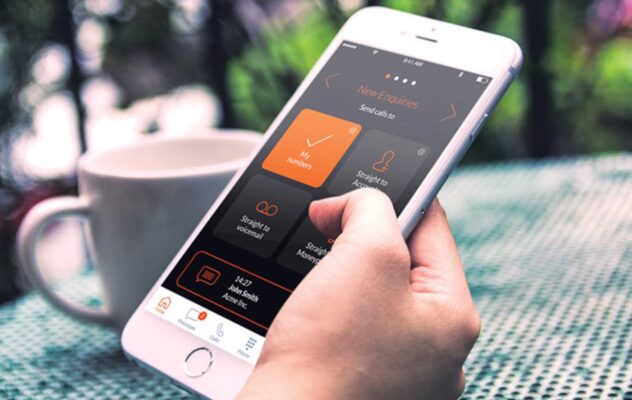As well as practices and processes that should be ingrained into all US-based PR campaigns and pitches, there are certain actions that should be avoided to ensure that there’s a maximum opportunity for success.
It’s best to avoid a mass outreach approach – sending one generic email to every journalist in a list will not only ensure that your email gets ignored by the vast majority of recipients, but it could also potentially limit future relationships with journalists and publications that are key to unlocking big audiences in the states.
It’s also important not to schedule emails to send all at once from your account, as the States have different time zones, and this could mean missing key time periods when news should ideally be hitting journalists’ inboxes. Additional research into the location and time zone of the journalists and publications you’re targeting will help to eliminate the chances of sending an email out of hours or at a time when it could get missed. This information can be found on large media databases such as Vuelio and Roxhill, but also explore make sure to explore Twitter and LinkedIn profiles if needed.
Finally, avoid pitches that are excessively long. It’s tried and tested that American journalists respond better to shorter pitches that are to the point and with all the key details noted right at the top. Remember to include, succinctly, what the campaign is about, why it’s relevant to their publication, and the top takeaways to lead with – this is a great place to put content that relates specifically to the city, region, or state that they report within.










